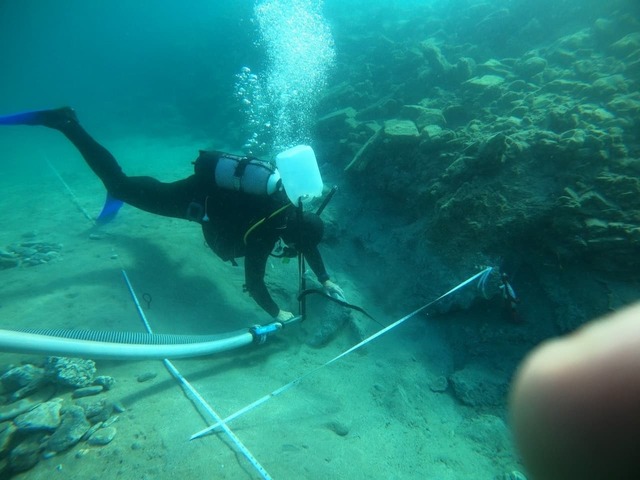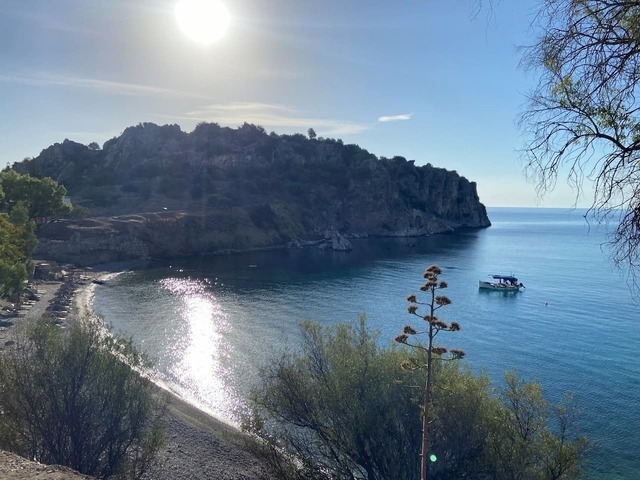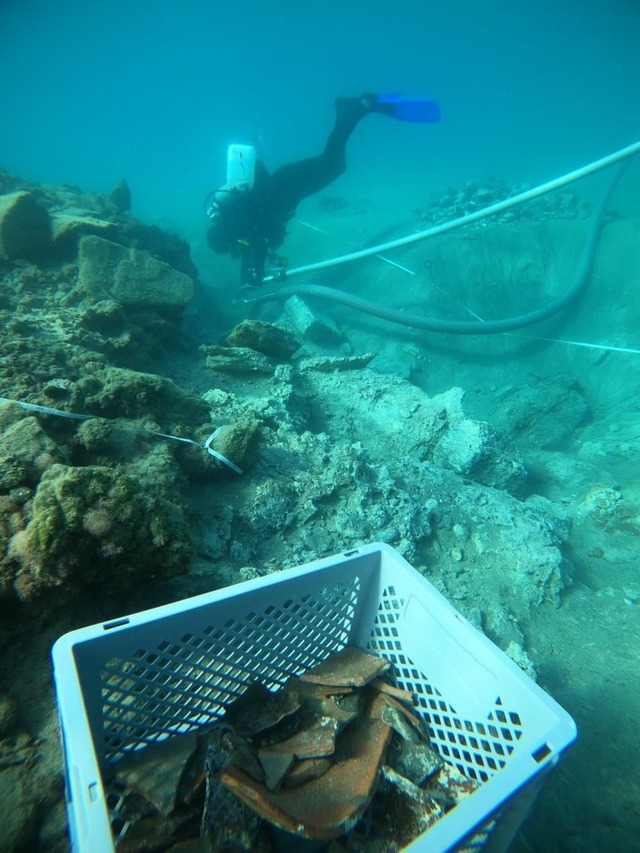Beneath the clear waters off the coast of Tolo in Greece, a groundbreaking discovery has been made—an ancient port, once lost to time, is being brought to light. Archaeologists have uncovered submerged remnants of a port structure that dates back to ancient Greece, providing new insights into the region’s maritime history. The latest phase of excavations in 2024 reveals a complex, multi-layered site that could change our understanding of how ancient civilizations navigated and traded across the Mediterranean. As we dive deeper into the findings, this site promises to rewrite the story of ancient Greek trade and infrastructure.
Archaeological Excavations at Asini
The excavation site at Asini has been a focal point for underwater archaeology since 2022. The team conducting the research consists of experts from the Ephorate of Underwater Antiquities of Greece, the Swedish Institute at Athens, Stockholm University, the University of Gothenburg, and the Nordic Maritime Group. Under the direction of Greek archaeologist Dr. Panagiota Galiatsatou and Swedish specialists Prof. Ann-Louise Schallin and Dr. Niklas Eriksson, the team has been exploring the submerged remains of what seems to be a large, artificially constructed port.

The excavation efforts in 2024 focused specifically on the northwestern edge of a submerged artificial platform. This area had been previously identified in earlier studies as one of the better-preserved sections of the port. The team utilized high-resolution photogrammetry to document the site in meticulous detail. The work in 2024, conducted over a week from October 7 to 11, allowed archaeologists to gather valuable data and identify structural remains that had previously been overlooked.
Video
Watch the video about archaeologists uncovering Asini’s hidden ancient port beneath the waves of Greece.
Findings from the 2024 Fieldwork

One of the most exciting revelations from the 2024 fieldwork at Asini is the confirmation of the port’s significant size and complexity. Archaeologists documented a large stone foundation, believed to be a critical part of the port’s infrastructure. Numerous stones and construction fragments were identified, indicating a partial collapse of the structure over time. These findings support the theory that the port was once a thriving hub for ancient maritime activities.
Among the key artifacts discovered were ceramic fragments, including pieces of amphorae embedded in stone structures, which offer clues about the port’s function and usage. These ceramic fragments are believed to be from the time when the platform was still in operation, offering valuable insights into the types of goods that passed through the port. Additionally, a broken ceramic vessel was found in an area known as “Sector 4A,” which is believed to have been a critical zone in the port’s operational period. These discoveries will aid in determining when the port was active and when it was eventually abandoned.
Significance of Asini in Ancient Mediterranean Trade
The significance of Asini as a key player in Mediterranean trade is becoming increasingly clear. Asini was continuously inhabited since prehistoric times, and evidence suggests that the port may have been in use during several historical periods, making it a vital part of the ancient Greek maritime network. The discovery of the submerged port infrastructure suggests that the site was not only used for maritime trade but may have had a more complex role in the region’s economic and social life.
The platform, which forms the central structure of the port, appears to have been more than just a dock for ships. The remains of what could have been rooms or buildings found on the platform suggest that the port was a multi-purpose site, potentially serving as a place for storage, commerce, and even social or administrative activities. The finds from the 2024 fieldwork confirm the hypothesis that Asini played a significant role in facilitating trade and economic exchange in the region, with goods being transferred from one part of the Mediterranean to another.
Technological and Analytical Approaches
The use of advanced technology has been crucial in uncovering the secrets of Asini’s submerged port. High-resolution photogrammetry, a technique that allows for the creation of detailed 3D models of the site, was employed extensively during the 2024 excavations. This method enables the team to document every fragment and structure with precision, helping them to analyze the findings without disturbing the integrity of the site. The 3D models created from the data will provide a clearer understanding of the port’s layout, the organization of the infrastructure, and how it evolved over time.
The documentation of the submerged port using 3D imaging also ensures that the findings are preserved for future research. This approach will allow other scholars and archaeologists to examine the site virtually, enabling a broader range of analyses and studies on the port’s role in Mediterranean history. The meticulous preservation and study of these ancient remains also provide crucial insights into how ancient Greeks and their neighbors developed and maintained maritime infrastructure.

Future Excavations and Research Plans
The work at Asini is far from over, and the next phase of excavation promises even more discoveries. The team plans to focus on the upper part of the artificial platform, where additional structures are believed to be located. In this phase, controlled dredging and sediment removal will be employed to uncover further architectural remains. These excavations will provide deeper insights into the functional aspects of the port and its role in the ancient Greek world.
The team is particularly interested in continuing to study the ceramic fragments and other artifacts found at the site. Further analysis of these materials will help determine the exact time frame during which the port was active. Additionally, future excavations will focus on the potential existence of more rooms or buildings on the platform, which could offer further evidence of the multifaceted use of the port.
Video
Watch the video This Ancient Greek Tomb Was Packed with Treasure Secrets on the Smithsonian Channel.
Conclusion
The discovery of the submerged port at Asini represents a significant breakthrough in our understanding of ancient Greek maritime infrastructure. The findings from the 2024 excavation have provided valuable evidence of the port’s size, complexity, and role in regional trade. As the research continues, the team at Asini hopes to uncover more about the ancient port’s operations, its connections to other Mediterranean cities, and its impact on the local economy.
This ongoing archaeological project highlights the importance of using advanced technology in the study of underwater sites, enabling researchers to document and preserve ancient remains in unprecedented detail. As the excavations progress, Asini will continue to offer valuable insights into the maritime history of the ancient Mediterranean, shedding light on the ways in which ancient civilizations built and maintained complex port systems that were integral to their survival and prosperity. The discoveries made at Asini will undoubtedly contribute to a deeper understanding of the ancient world and the role of maritime trade in shaping its civilizations.



